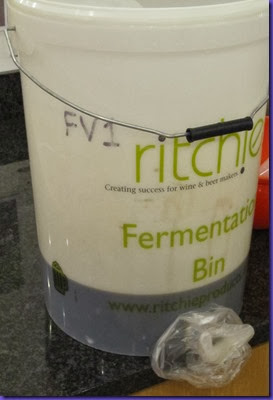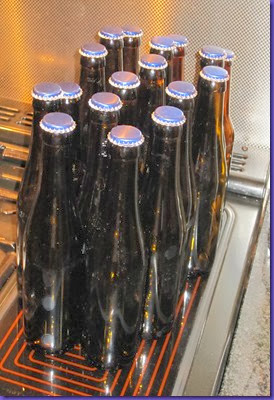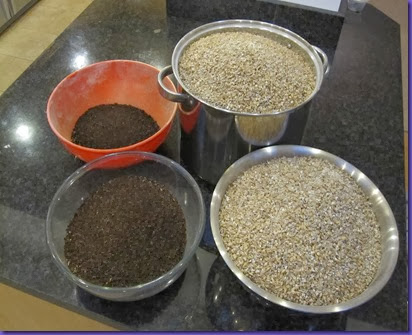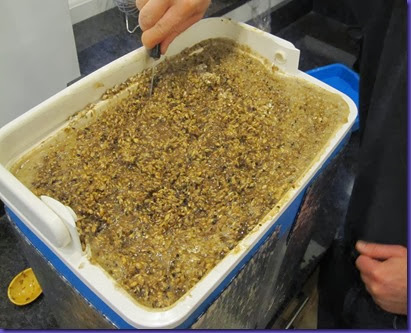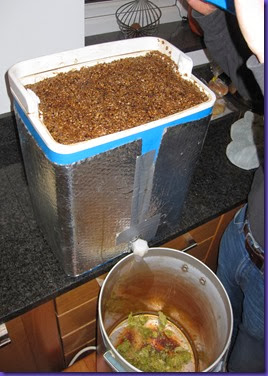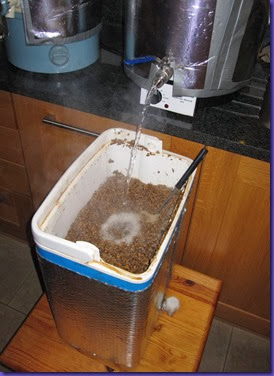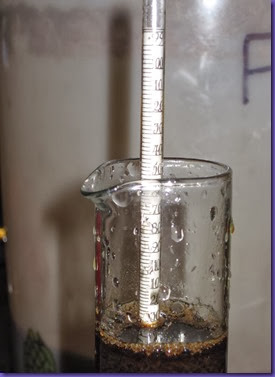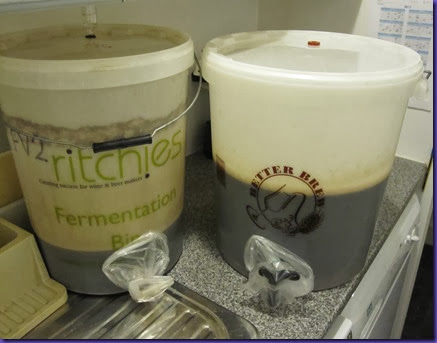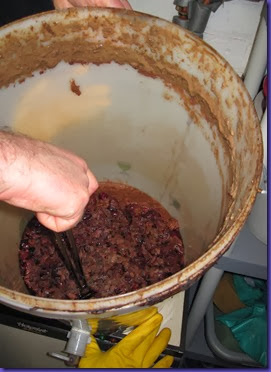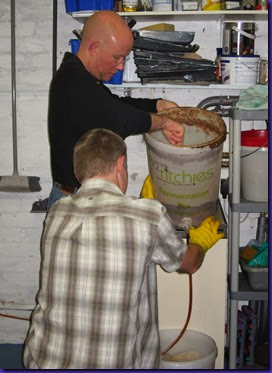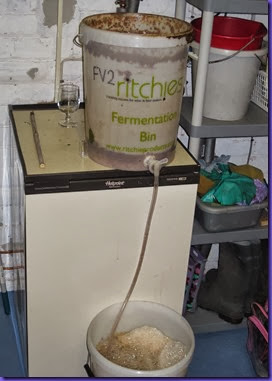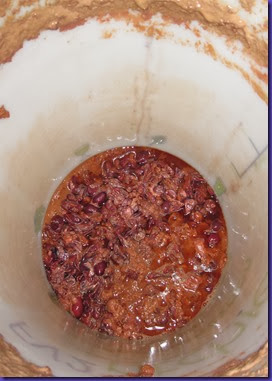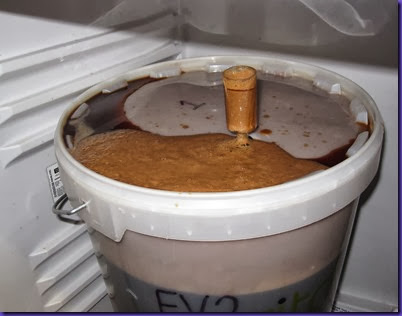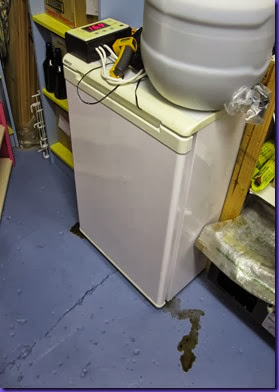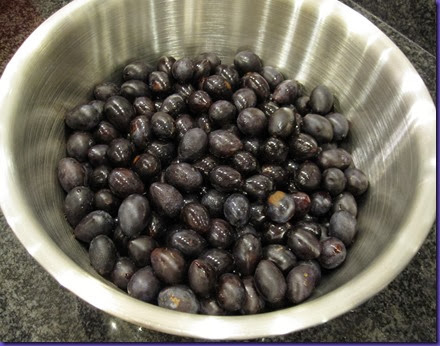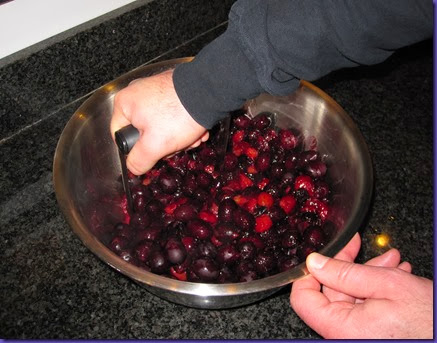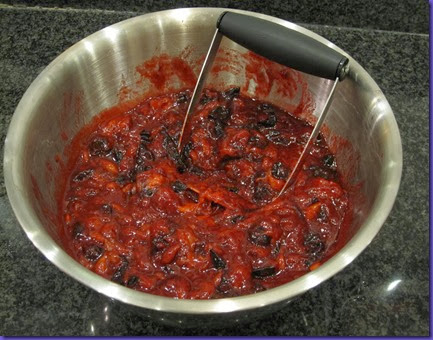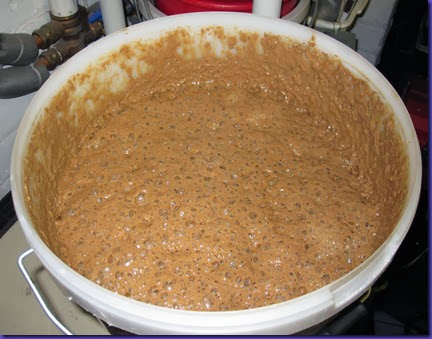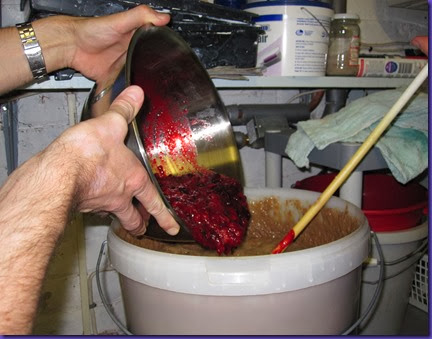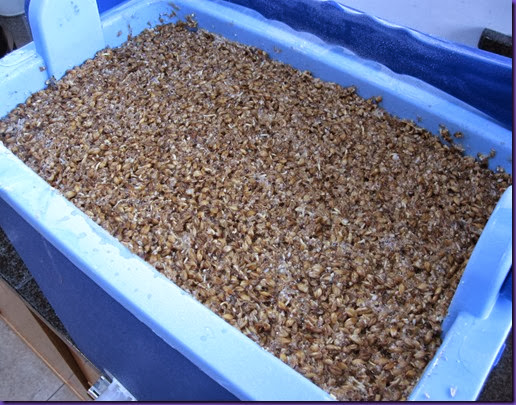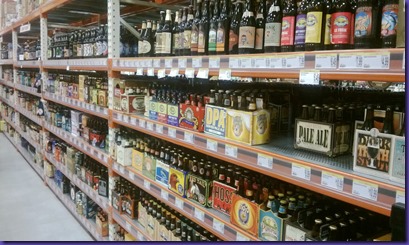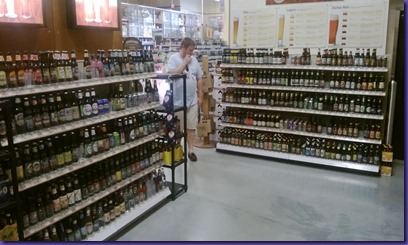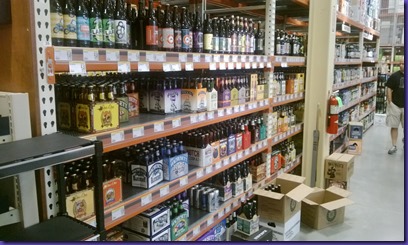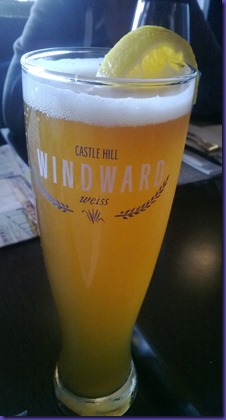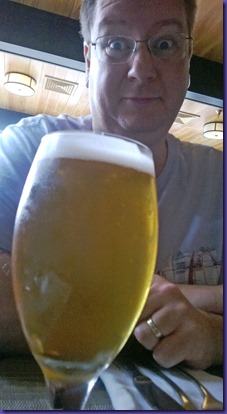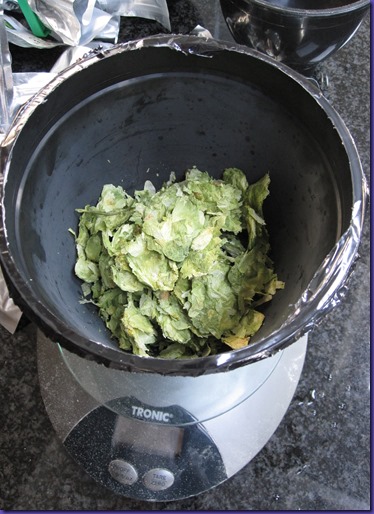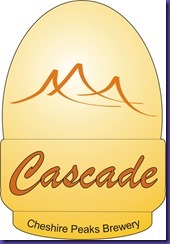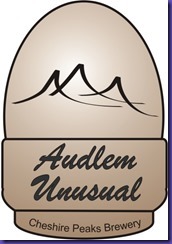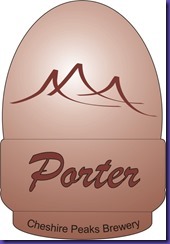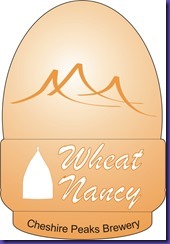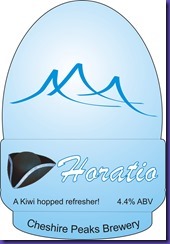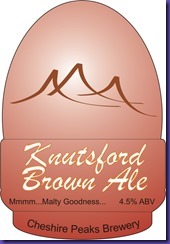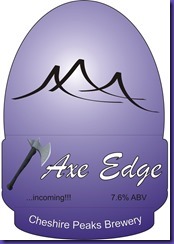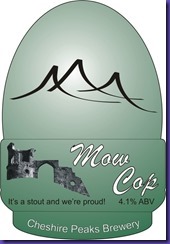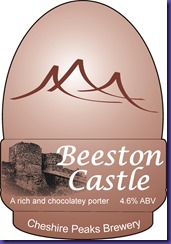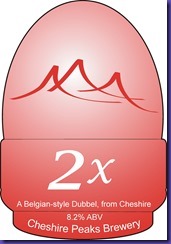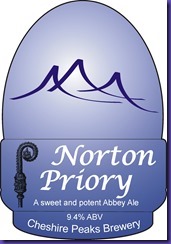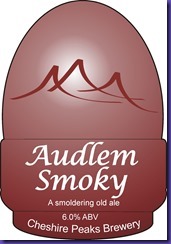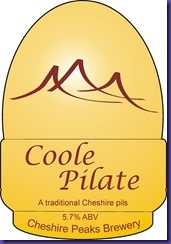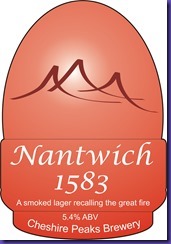I mentioned in a recent post that I’d talk a bit more about some of the beery things I got up to in my trip to the States last month. So here goes with a few words on two brewery tours.
Samuel Adams Brewery
Samuel Adams beer is made by the Boston Brewing Company. The easiest of their beers to find in the UK is Samuel Adams Boston Lager. The brewery opened in 1984 in Jamaica Plain, Boston, but there are now two other breweries (in Cincinnati and Breinigsville). Given the enormous output of the company, the original Jamaica Plain brewery seems extremely small – presumably it is only used for special and pilot brews, with the bulk of the beer being made in the other two breweries.This made the tour quite a quick affair – there’s basically only one large room which contains a mash kettle, mash tun, copper and six conical fermenters.

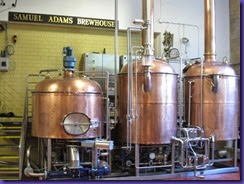
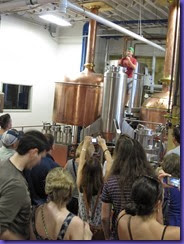
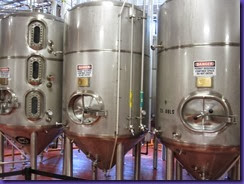
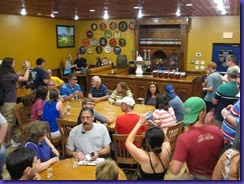
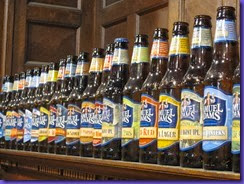
The tour was free, and very well attended considering we were on the first tour of the day. The tour guide gave us maybe ten minutes on how beer is made, with very little detail about the specifics of how Sam Adams beer differs from other beers. But that didn’t seem to bother the people on the tour – they lapped up the tour guide’s jokes and fooling around, and cheered frequently when there was mention of the free beer tasting to come. All a bit brash maybe for my reserved English sensibilities. :-)
The tasting part was actually a more detailed affair – he explained the importance of considering visual appearance and aroma when evaluating beer. And then he explained the flavours to look for.
As far as the beers are concerned, what I love about Sam Adams beer is the huge range of different styles from around the world that they have assimilated into their range. For example, every year they brew an Octoberfest, which is eagerly anticipated by beer fans and for good reason: it’s rich, malty and flavoursome but with a clean, crisp lager finish.
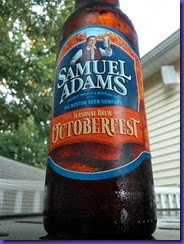
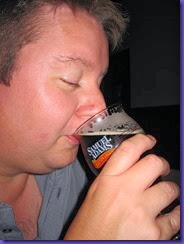
Rock Art Brewery, Vermont
We stayed in Stowe, which is in the middle of the skiing area of Vermont. Within 10 miles of Stowe there are seven craft breweries, so we had to visit one. Almost randomly, we chose the Rock Art brewery in Morrisville. I say “almost”, because we had tried a few beers and they were very good.
The brewery is probably similar in size to the Sam Adams brewery in Boston, but of course this is their only location. At the front of the brewery building is a tasting bar and gift shop. At the bar you can purchase a “flight” of four draught beers, chosen from the range of about 10. These range from hugely hoppy IPAs and double IPAs, through to a brown ale, a porter and a massively challenging barley wine called “The Vermonster”.
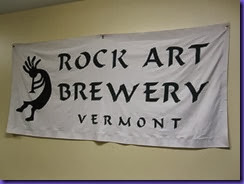

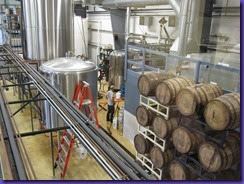
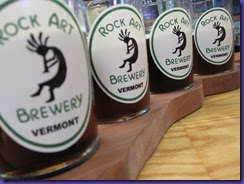
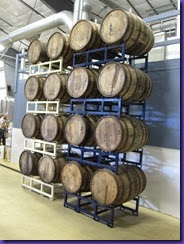
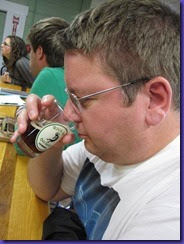
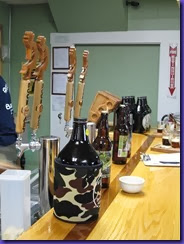
The tour was essentially a ten minute chat with one of the brewers in a room overlooking the brewery floor. He was knowledgeable and very willing to answer my damn stupid questions about yeast strains and barrel aging, which was good. The barrel aging (see photos) was particularly interesting to me – this is clearly something that they enjoy experimenting with. The results are (presumably) pretty variable, depending on the barrels used and the length of aging, which I suspect means fans of the brewery are treated to different beers every year. I like that: keep your customers coming back with constantly changing beers.
So that’s it. Thanks to my best mate Ian for taking me to these breweries. Next time he can keep his promise of taking me to Framingham Beer Works. :-)
